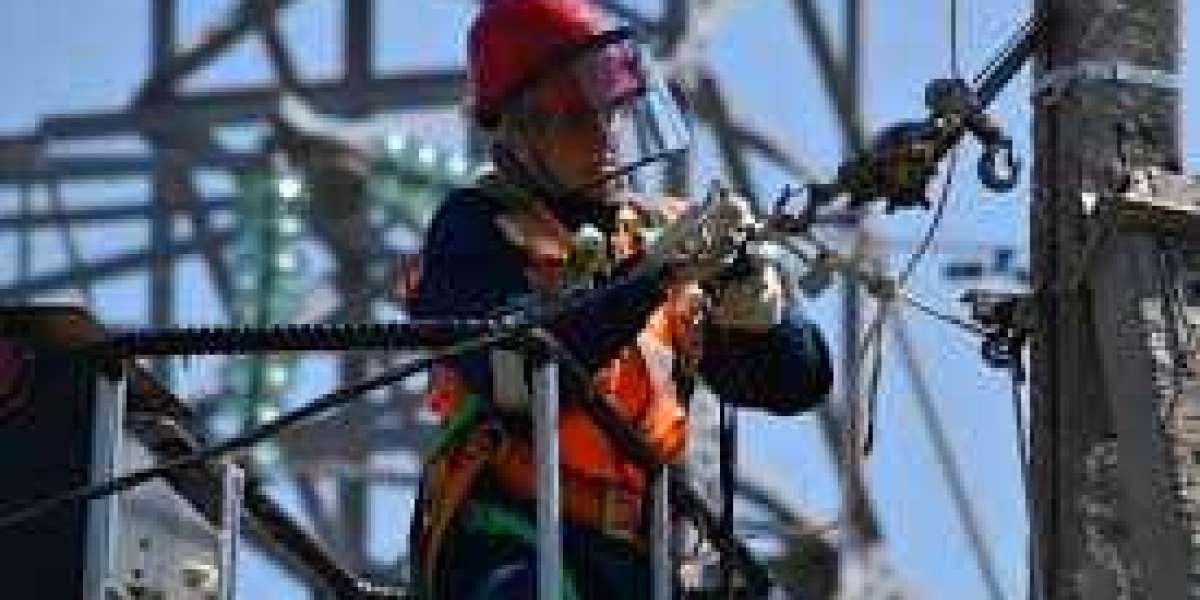Electricians play a crucial role in ensuring that electrical systems are installed, maintained, and repaired safely and efficiently. For commercial electricians, adhering to rigorous safety standards is essential not only for their protection but also for the safety of clients, properties, and the public. Here’s an in-depth look at the safety standards commercial electricians follow.
- National Electrical Code (NEC)
The National Electrical Code (NEC) is a key safety standard that commercial electricians adhere to. The NEC, published by the National Fire Protection Association (NFPA), sets forth the minimum standards for electrical installations. It covers a wide range of topics, including wiring methods, grounding, circuit protection, and installation practices. The NEC is regularly updated to reflect advancements in technology and safety practices.
Key NEC Requirements:
- Wiring Methods: The NEC specifies acceptable wiring methods and materials to prevent hazards like overheating and electrical fires.
- Grounding and Bonding: Proper grounding and bonding are essential for preventing electrical shock and ensuring system reliability.
- Circuit Protection: Standards for circuit breakers and fuses to protect against overcurrents and short circuits.
- Occupational Safety and Health Administration (OSHA) Standards
OSHA, part of the U.S. Department of Labor, provides regulations to ensure workplace safety across various industries, including electrical work. Commercial electricians must follow OSHA standards to protect themselves and others from workplace hazards.
Key OSHA Standards for Electricians:
- Personal Protective Equipment (PPE): Electricians are required to use PPE such as insulated gloves, safety glasses, and hard hats to protect against electrical shocks and falls.
- Lockout/Tagout Procedures: These procedures ensure that electrical equipment is properly de-energized and secured before maintenance or repair work begins.
- Safety Training: Regular safety training and drills are mandated to ensure that electricians are aware of potential hazards and know how to respond in emergencies.
- International Electrotechnical Commission (IEC) Standards
For commercial electricians working on international projects or in countries outside the U.S., IEC standards are crucial. The IEC, based in Switzerland, develops international standards for electrical and electronic technologies.
Key IEC Standards:
- IEC 60364: This standard covers electrical installations in buildings and focuses on safety, performance, and efficiency.
- IEC 60947: This standard deals with low-voltage switchgear and controlgear, specifying safety requirements for their design and use.
- American National Standards Institute (ANSI) Standards
ANSI oversees the development of voluntary consensus standards for various industries, including electrical work. ANSI standards often complement NEC and OSHA regulations.
Key ANSI Standards:
- ANSI C84.1: This standard pertains to electrical systems and specifies voltage ratings to ensure system reliability and safety.
- ANSI/ISEA 107: This standard covers high-visibility safety apparel, which is important for electricians working in low-light or hazardous conditions.
- Electrical Safety Standards for Equipment
Commercial electricians must also adhere to safety standards related to the equipment they use. These standards ensure that tools and devices used are safe and reliable.
Key Equipment Standards:
- Underwriters Laboratories (UL) Certification: Many electrical devices and equipment are required to be UL certified, ensuring they meet safety and performance standards.
- National Electrical Manufacturers Association (NEMA) Standards: NEMA provides standards for electrical enclosures, motors, and other equipment to ensure they are safe for commercial use.
- Safety Protocols for Specific Situations
Commercial electricians often face unique challenges depending on the nature of their work. Specific safety protocols are in place for different situations.
Key Protocols:
- Confined Spaces: When working in confined spaces, electricians must follow protocols to ensure ventilation, avoid toxic gases, and prevent entrapment.
- High-Voltage Work: Special precautions are required when working with high-voltage systems, including the use of insulated tools and equipment and maintaining safe distances.
- Emergency Preparedness and Response
Being prepared for emergencies is a crucial aspect of safety for commercial electricians. This includes having plans and procedures in place for various types of emergencies.
Key Emergency Preparedness Measures:
- First Aid Training: Electricians should be trained in first aid and CPR to respond effectively to accidents or injuries.
- Emergency Response Plans: Clear plans should be established for dealing with electrical fires, shocks, and other potential emergencies.
Conclusion
Commercial electricians operate in environments where safety is paramount. Adhering to a comprehensive set of safety standards—ranging from the NEC and OSHA regulations to international standards like those from the IEC—ensures that electricians can perform their duties effectively while minimizing risks. By following these standards and protocols, commercial electricians help protect themselves, their clients, and the public from electrical hazards, contributing to safer and more reliable electrical systems.







